Here is a capture of the latest version (lastest web-build), think I got to leave it at that for now:
The BRAWL² Tournament Challenge has been announced!
It starts May 12, and ends Oct 17. Let's see what you got!
https://polycount.com/discussion/237047/the-brawl²-tournament
It starts May 12, and ends Oct 17. Let's see what you got!
https://polycount.com/discussion/237047/the-brawl²-tournament
Best Of
Re: Interior with Hero Asset WIP Log : Pirate's Tavern
Nice work on the lighting!
There's still a lot of noise, is this a stylistic choice?
I would love to see more care taken with the roughness texturing. The reflections are very even and bland right now. The wood is flat, especially the bowl and table top, but so are the metals, and the food. There could be grog spills, food grease, etc. to make the lighting reflections pop.
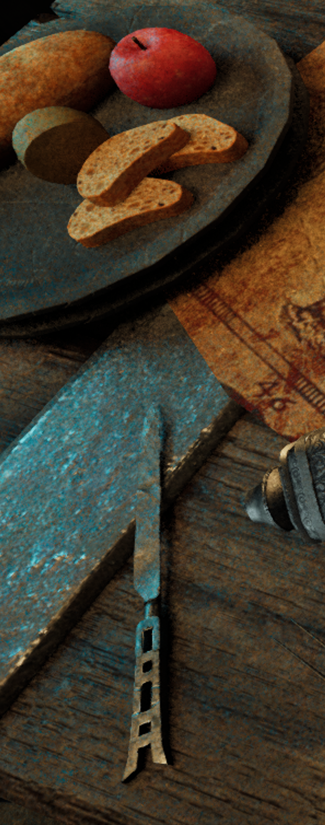
There's still a lot of noise, is this a stylistic choice?
I would love to see more care taken with the roughness texturing. The reflections are very even and bland right now. The wood is flat, especially the bowl and table top, but so are the metals, and the food. There could be grog spills, food grease, etc. to make the lighting reflections pop.

 Eric Chadwick
Eric Chadwick
4 ·
Re: Interior with Hero Asset WIP Log : Pirate's Tavern
Thanks for the amazing feedback @Eric Chadwick @Celosia @zetheros ! I decided to redo my lighting and try to follow more to the reference given by @Eric Chadwick, and here is my current progress . Thanks @zetheros too for the great sources , unfortunately i dont have much time left to my assignment submission but its definitely useful and i shouldve followed realisticly more as i was using a shellguard cutlass for reference






















3 ·
Re: The Bi-Monthly Environment Art Challenge | November - December (99)
Hi! @fairlyBread nice progress on the texturing  Imo totally fine to continue working on it after the deadline, hope you get around to finish it. It was a pleasure working on the challenge alongside you, until next time
Imo totally fine to continue working on it after the deadline, hope you get around to finish it. It was a pleasure working on the challenge alongside you, until next time 
That bake issue is curious :-B Could try if triangulating that area fixes anything (if you haven't already done so). If you want a second pair of eyes on it, feel free to share that part by attaching a zip to post or pm.
With some new work starting tomorrow, I tried to wrap it up. Quite some tweaking and builds happened since my last update, so I'll write what I can remember :P
(hope the video shows :P)
That bake issue is curious :-B Could try if triangulating that area fixes anything (if you haven't already done so). If you want a second pair of eyes on it, feel free to share that part by attaching a zip to post or pm.
With some new work starting tomorrow, I tried to wrap it up. Quite some tweaking and builds happened since my last update, so I'll write what I can remember :P
- Cleaned up and iterated on shadergraphs. Got this ShaderGraphVariables feature into the project to get the spagetti under control thanks to local variables
- Iterated some on player model, added a dangling cup to backpack, shortened steps
- Added light probes for indirect player lighting (ditched the directional light to fake sand bounce light)
- Added some movement to sand
- Iterated some on structures, both close and distant
(hope the video shows :P)
 Fabi_G
Fabi_G
6 ·
Re: The Bi-Monthly Environment Art Challenge | November - December (99)
Hey the web demo is really cool! Double-jump is fun, can get all the way to the top.
Looks like the top of this vase is missing a cap:
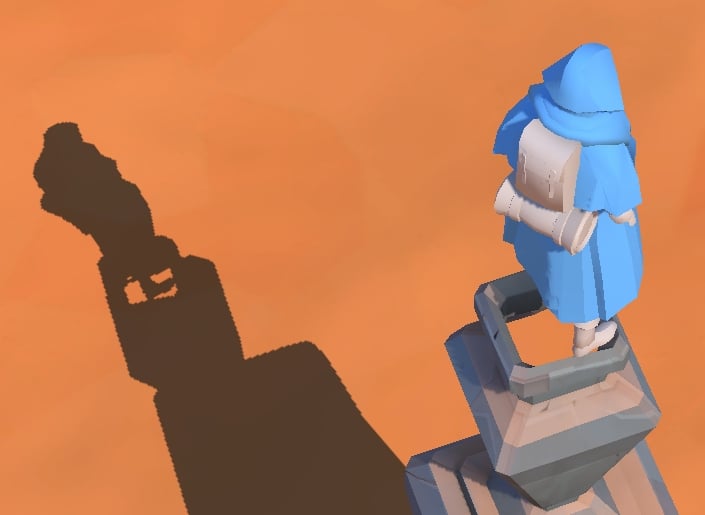
Looks like the top of this vase is missing a cap:

 Eric Chadwick
Eric Chadwick
3 ·
Re: In Need of Feedback on Medieval Weapons
This is a really interesting concept with a lot of potential for environmental storytelling. (Broken items are abandoned then made useful again as the branches grow through them, branches continue to grow and strengthen the items as the player levels up, etc.)
As far as the sculpting goes: the branches and roots that weave the two katana blades together reads more like horn than wood. That's not necessarily a bad thing it's just the surface texture and shapes don't quite match what's in the ref in terms of scale and visual rhythm / repetition. The branches on the shield seem to be more in scale and read more like wood.
The wood sculpt on the hilt looks good for a first pass but the grain pattern on the wooden boards looks a bit out of scale: too much detail width wise and not enough depth detail. It's simultaneously too much and too little in terms of surface detail. There are a couple boards on the back that have really nice damage patterns, without all the high frequency noise, and those larger details look about right in terms of scale.
Smaller grain details could be sculpted in or they could be added to the textures. Rust pitting on the iron and steel components looks good.
Searching
for similar reference images, it looks like those are juniper trees?
They have really gnarly roots with this animal like skeletal quality to
them. Which seems to work well with the theme. Driftwood also has a
similar appearance and could be another good source of inspiration.


Assuming this is for game art and the goal is a semi-realistic asset: one of the big challenges of concepting props like this is balancing visual appeal, in-game functionality, and mechanical / thematic plausibility. Without any context on the world these are supposed to exist in it leaves a lot open to taste and that's fine but sometimes design constraints are helpful since it's easier to weed out ideas that don't fit the project goals.
One of the things that stands out is the katana having two blades that are back to back. It looks cool but it's kind of immersion breaking because it would be unwieldy and changes or limits how the sword would be used. If there's a lore reason for it then it's probably fine but from a design standpoint it's kind of unbalanced both visually and mechanically. Another thing that stands out is the round shield. If it's just part of a general sculpting study or concept exploration then that's fine. Thematically though it does weaken the presentation of the concept a bit because the katana is typically used without a shield.
As far as the branches and roots themselves: the biggest challenge is incorporating them into the objects in a way that makes sense from both a visual and mechanical design perspective. The holes in the katana blade open the question of who put them there and why? Is there a better way to connect the blade to the hilt? Would the branches and roots of a tree grow through or around something like a shield?
Some other things to consider: how does the player acquire these items? Do they have to cut them free from a branch that's still growing or did the tree die, leaving brittle branches that are easily snapped? Is there magic in the branches or roots? If there is, how can that be visually communicated?
Some other things to consider: how does the player acquire these items? Do they have to cut them free from a branch that's still growing or did the tree die, leaving brittle branches that are easily snapped? Is there magic in the branches or roots? If there is, how can that be visually communicated?
A lot of the branches and roots in the refs have this curved or spiral
growth pattern that can be incorporated into both concepts. Trees will
often grow around objects and it's almost impossible to remove them
without harvesting the tree.
Taking those sort of queues from the references really helps with both
balancing the visual design and the plausibility aspects of the
mechanical design.
(The double katana design could be improved by balancing out the size of the blades and increasing the size of the branches while also incorporating them as more of the handle itself. If the branches grew for long enough they'd completely fill the holes and that'd be a really solid attachment point.
Similarly, the shield would probably be split by the branches so it might make more sense to have the branches envelop the outer perimeter of the shield or just one corner with only a couple of smaller branches growing through an open knot hole or missing board.)
(The double katana design could be improved by balancing out the size of the blades and increasing the size of the branches while also incorporating them as more of the handle itself. If the branches grew for long enough they'd completely fill the holes and that'd be a really solid attachment point.
Similarly, the shield would probably be split by the branches so it might make more sense to have the branches envelop the outer perimeter of the shield or just one corner with only a couple of smaller branches growing through an open knot hole or missing board.)
It's also helpful to have references of similar objects to borrow
design queues from and to double check how things are built so the
mechanical details of the concept are at least visually accurate and
plausible. There's a couple of different sword designs that would work
well with the branch and root concept: particularly basket hilts, cup
hilts, and crown hilts.
Rattan and wicker crafts could be another good source of inspiration: both have a martial history and involve bending stiff plant material to make durable goods. Including shields, scabbards, armor, etc. Bonsai could also be another reference source for ideas on how to form the branches and roots around different things in an aesthetically pleasing way.
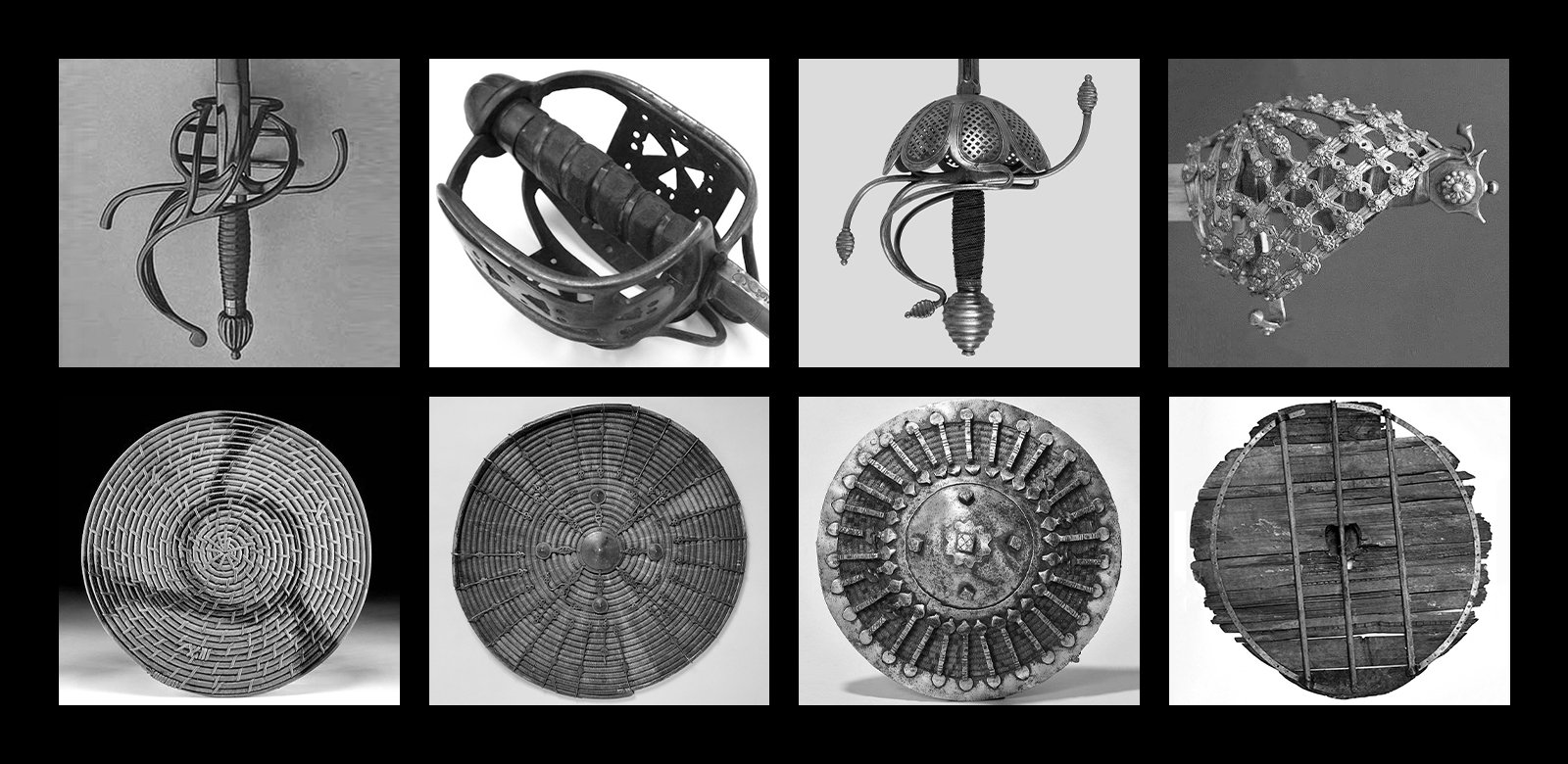
While it is possible to concept entirely in 3D, it may be worth exploring a few different ideas with basic 2D sketches, block out paint overs, or photo bashes first. Since it's a lot easier to get a feel for how everything will look when it's done and it's also a bit easier to make a lot of adjustments quickly then compare them, without having to commit to fully modeling any one of them.
Here's a few explorations of this concept using paint overs and photo bashing.
This first concept replaces the double Katana blades with a single Kris style blade that compliments the natural curvature of the branches and roots. The hilt also incorporates a bonsai technique where back is stripped off but the tree still grows along the live branch. Some kind of talisman or decorative trinkets could be added to the hilt, underneath the exposed branches, to further develop the story line as the player levels up or hits certain milestones in the game.
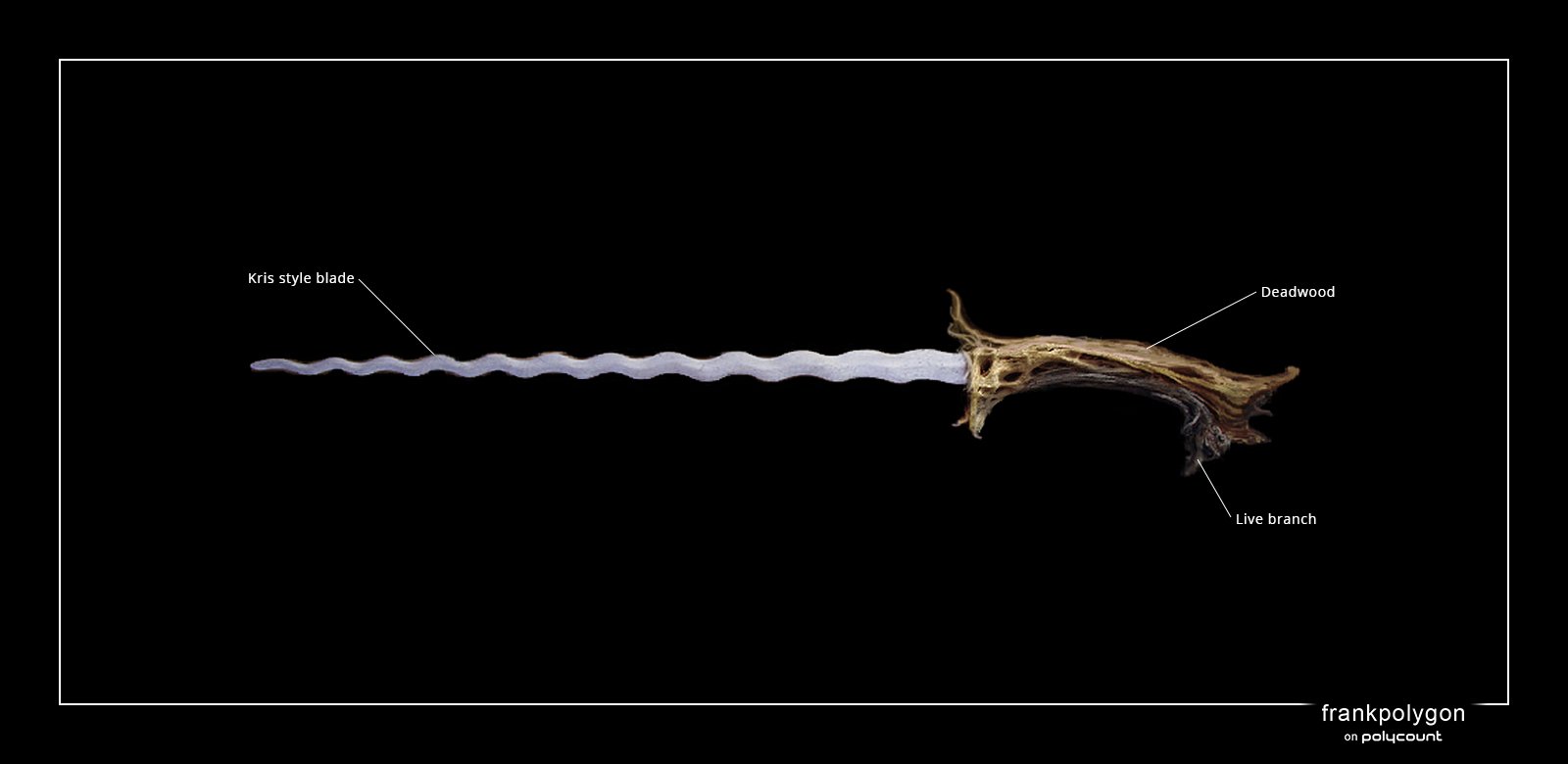
The second concept looks at a simplified katana that was repaired with whatever wood was available. This is sort of a found objects story path and also has the added bonus of blending in with nature in a way that's fairly inconspicuous. After all, from a distance this just looks like an old stick. Moss growth could be used to track the passage of time and a flowering vine could be used to track the player's progress.
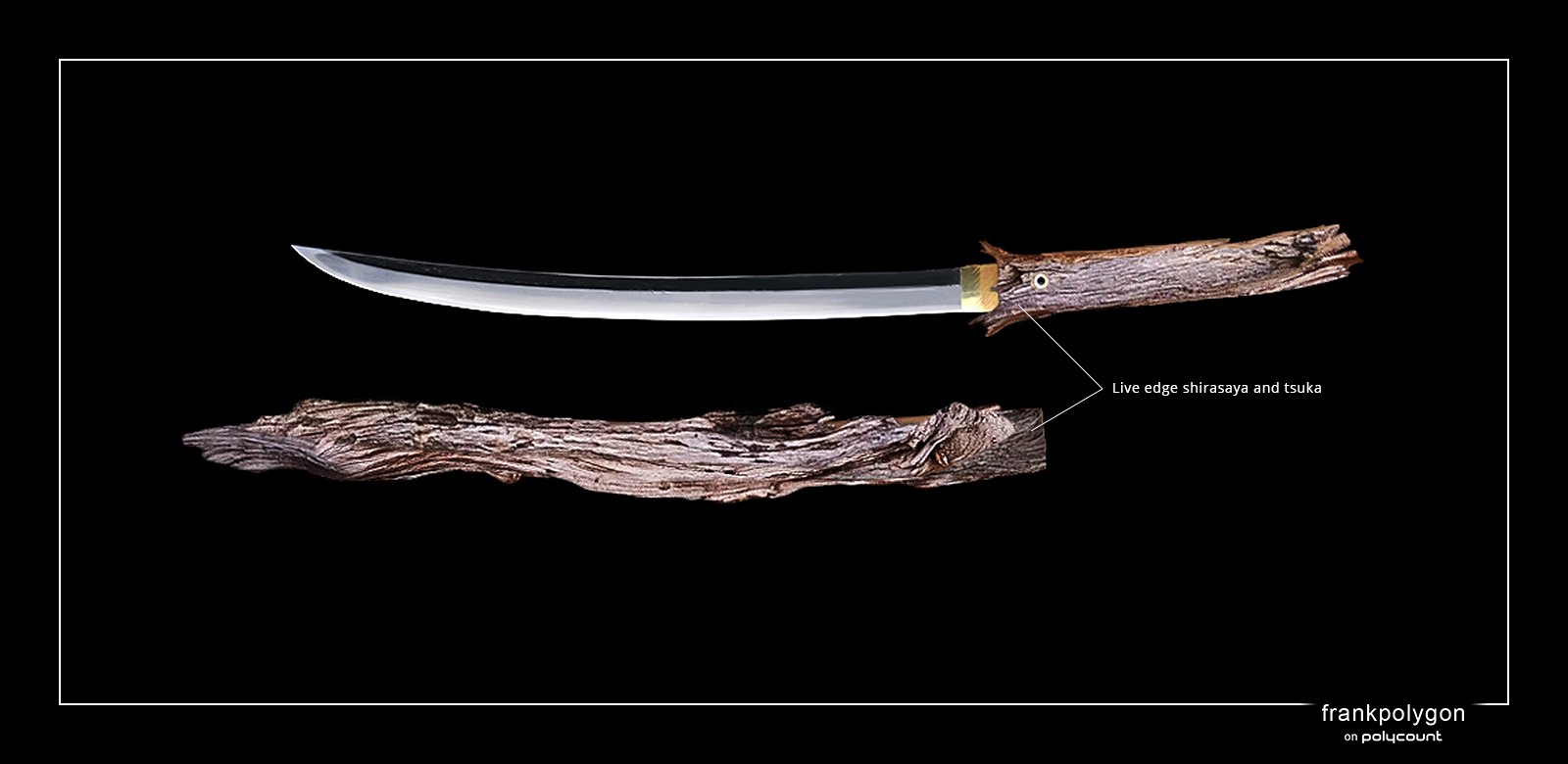
The third concept pairs the sword with the shield. This is a basket hilt highland sword with a very rusty blade. Clearly the branches and roots have reclaimed this long lost sword. What happened to it's previous owner? How did it get here? Where will the player take it? Branch re-growth from a single bud could be used to track the player's power level and the blade would be polished as the player progresses.
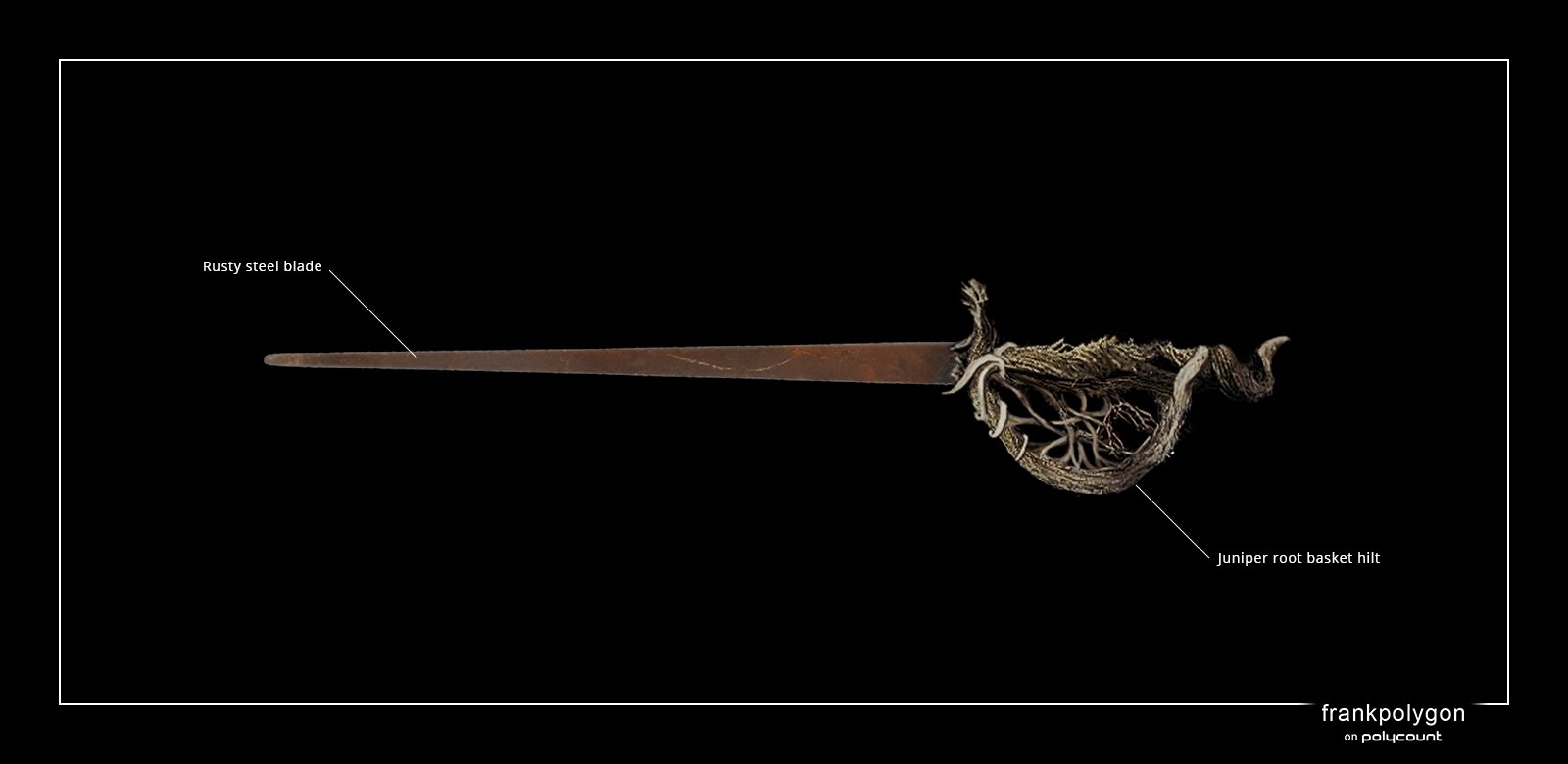
The fourth concept is just a simple exploration of how the branches and roots could envelop a smaller buckler or a full size round shield. Here the wicker buckler is being absorbed by the driftwood. How does it work? Magic... Somehow that makes the buckler stronger. The larger round shield is wedged between the roots of a juniper tree. Clearly this has been here a while since there's a whole tree sprouting out of it. Or maybe the player is really high level. Who knows? Choose your own adventure. (These are both scaled 1:1 relative to each other. Bucklers tend to be fairly small.)
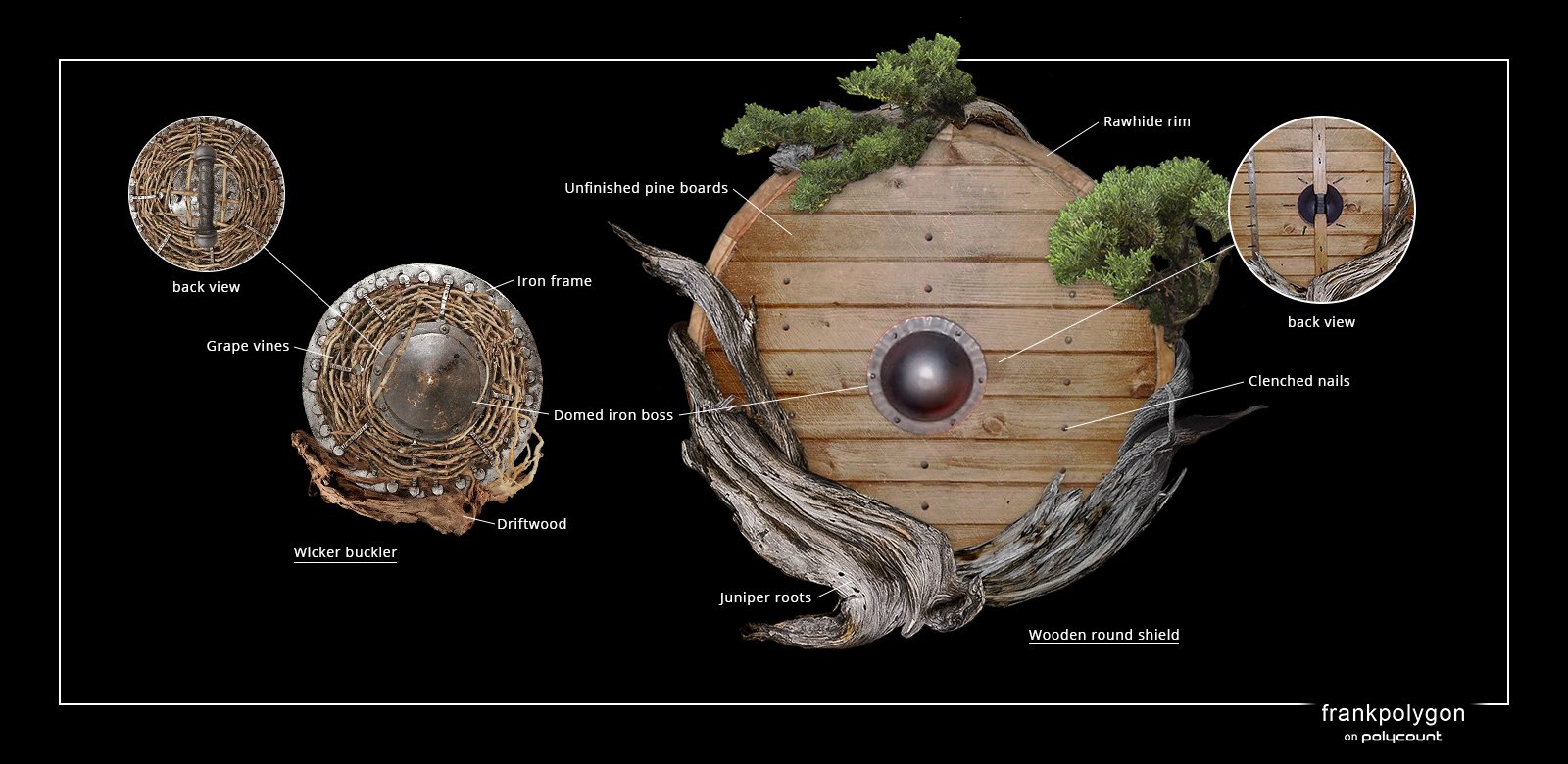
Keep up the good work!
4 ·
Re: What Are You Working On? (3D) 2025
my physics demo model is coming along, still getting some balls falling through things though.
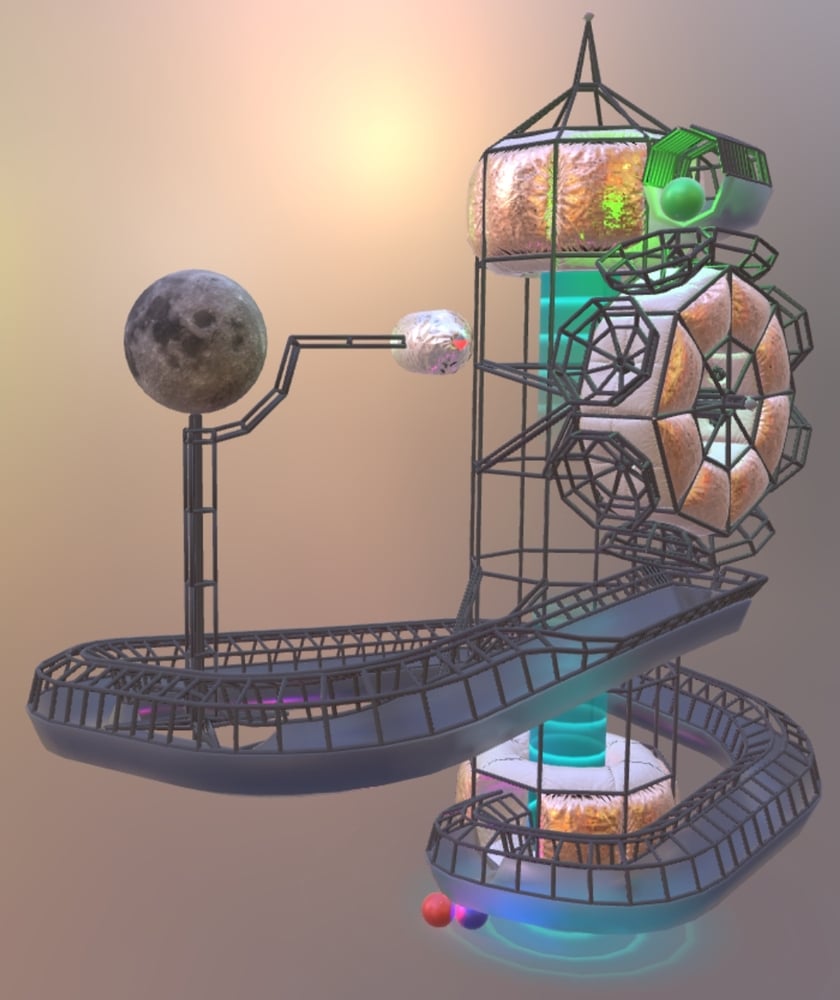

 Eric Chadwick
Eric Chadwick
5 ·
Re: What Are You Working On? (3D) 2025
Charter Arms Undercoverette. Deсided to redo my old test task. Learned a lot from the tutorials by Adrien Roose.
ArtStation - Charter Arms Undercoverette .32
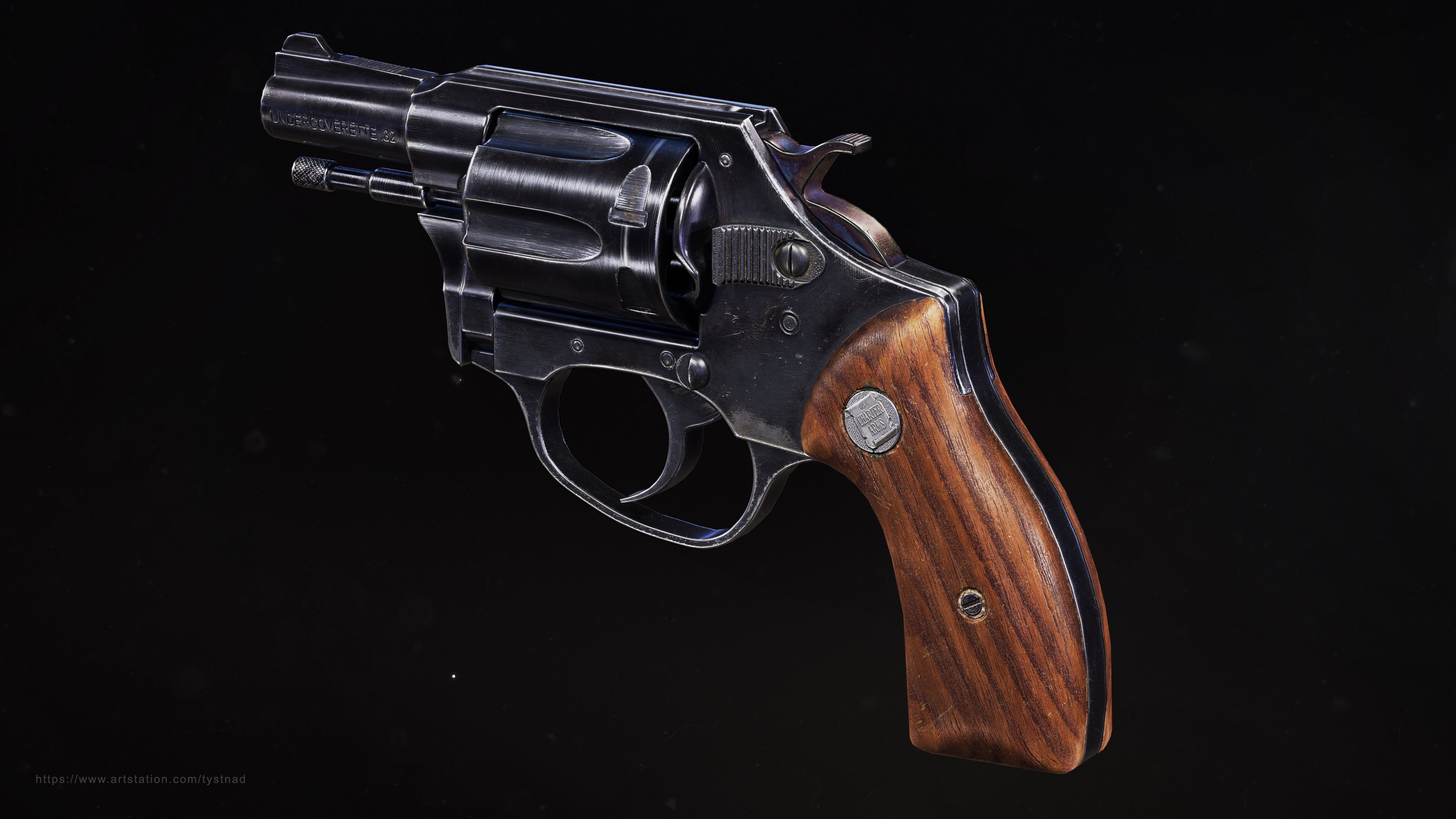
ArtStation - Charter Arms Undercoverette .32

 tystnad
tystnad
5 ·
Re: What Are You Working On? (3D) 2025
First time posting, please visit the artstation link for the wireframe and more detailed pics of the mesh itself. Thanks!
A wall for a modular building inside of UE5: https://www.artstation.com/artwork/kNbbDx
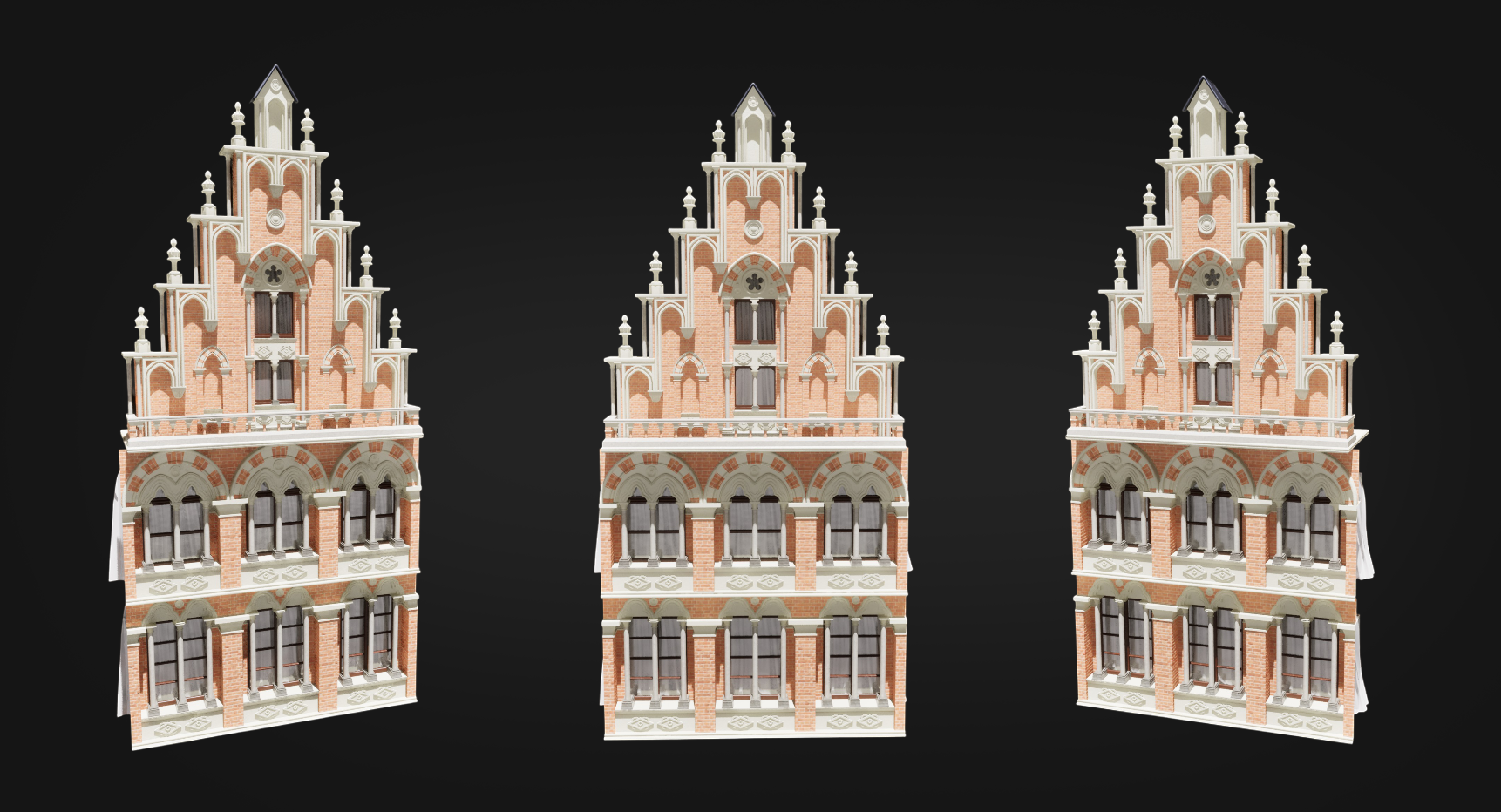
A wall for a modular building inside of UE5: https://www.artstation.com/artwork/kNbbDx

Re: What made you feel good today?
I went for a walk about in a place called highgate cemetery in London, I know its a bit morbid but its a very interesting place, I saw some feral parakeets which are growing in number, they definitely give London wild life a touch of colour, lol! 
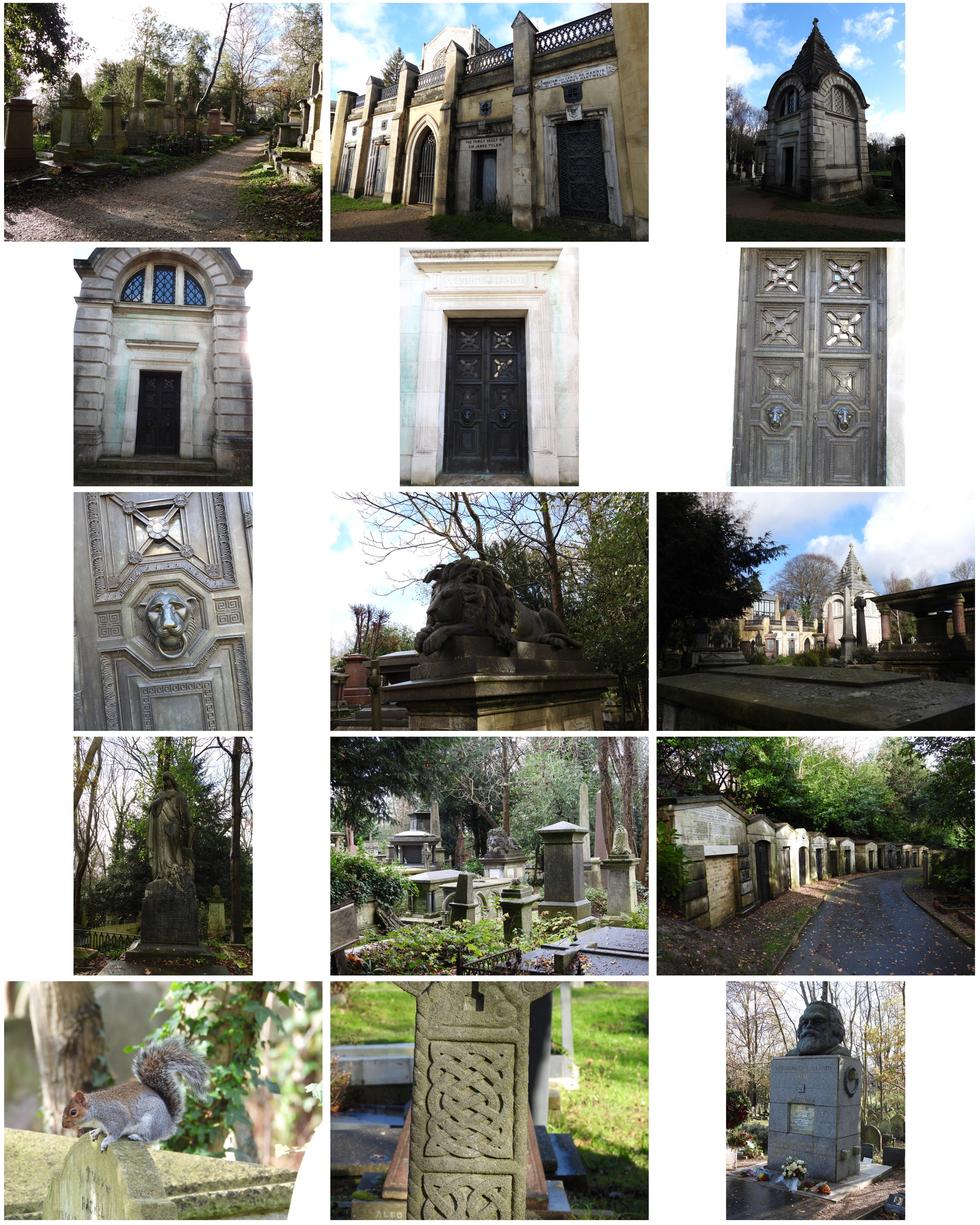
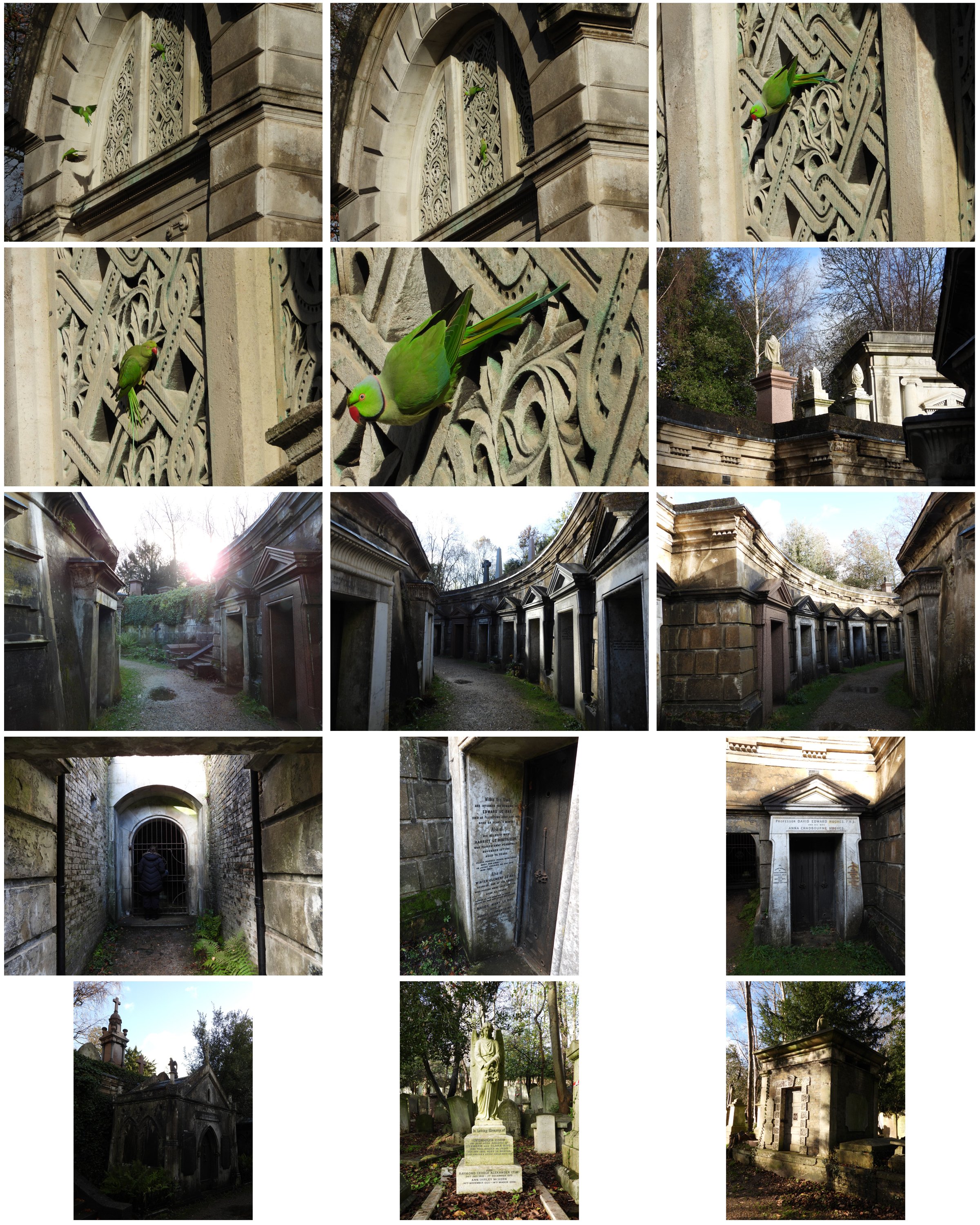
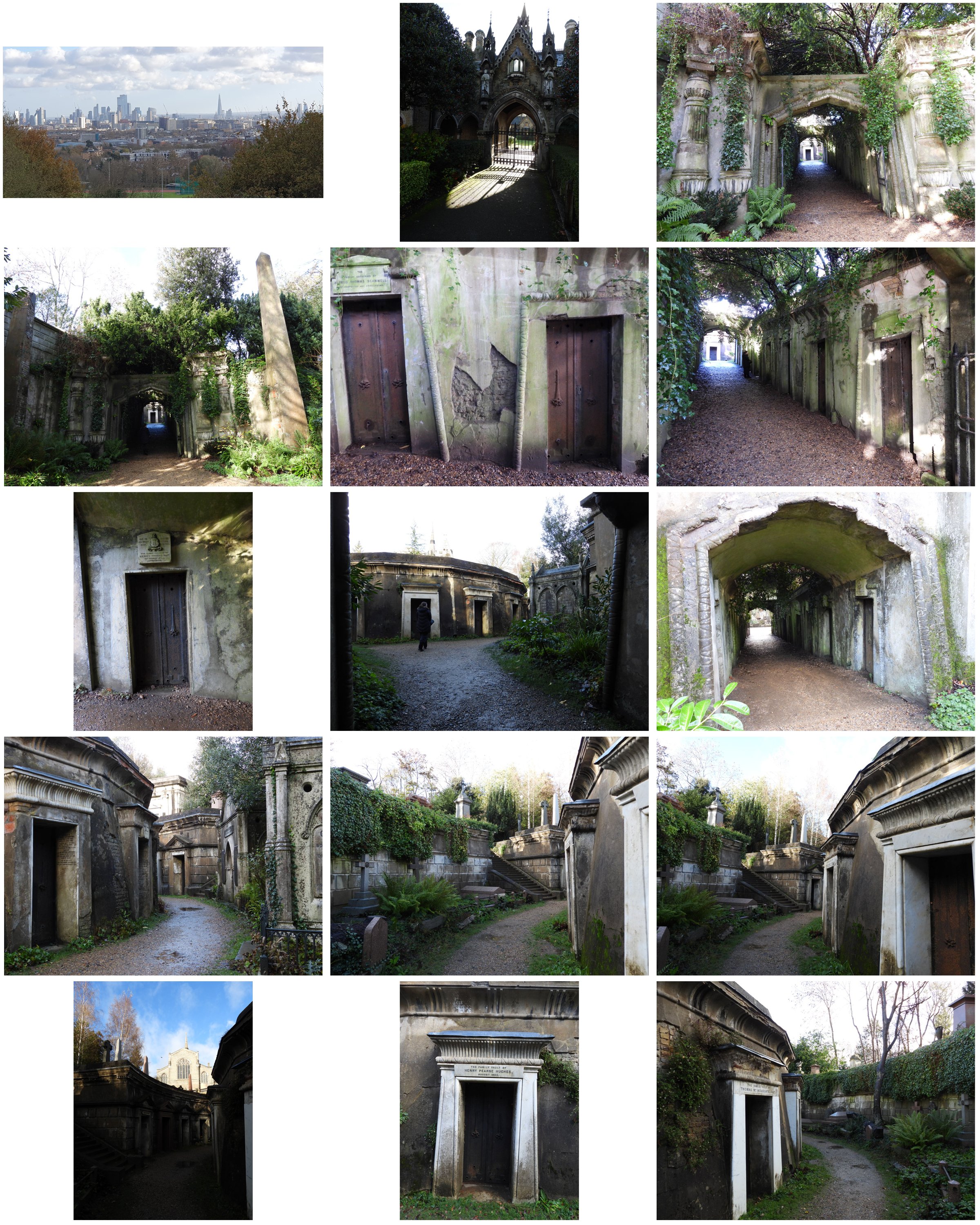
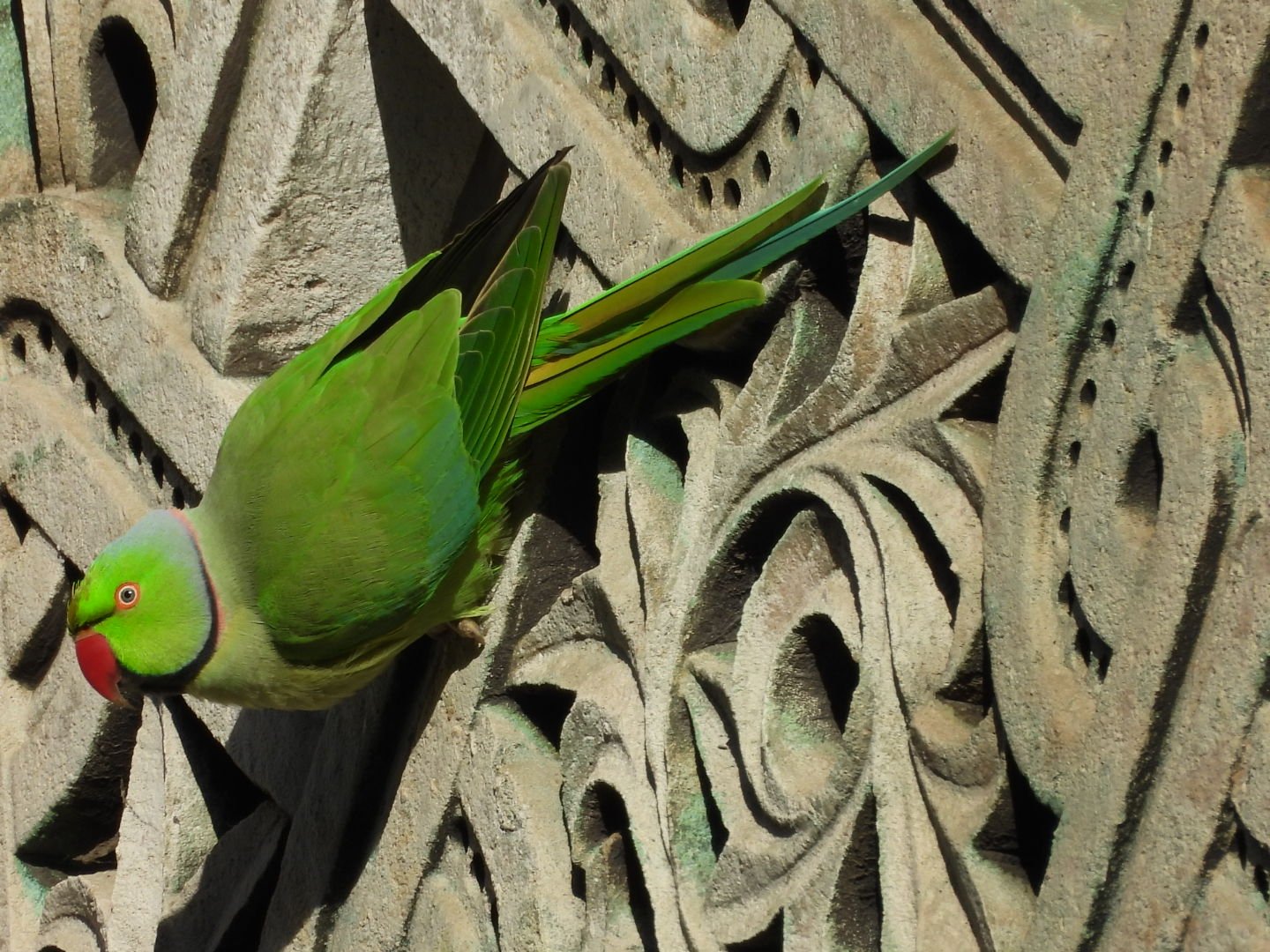

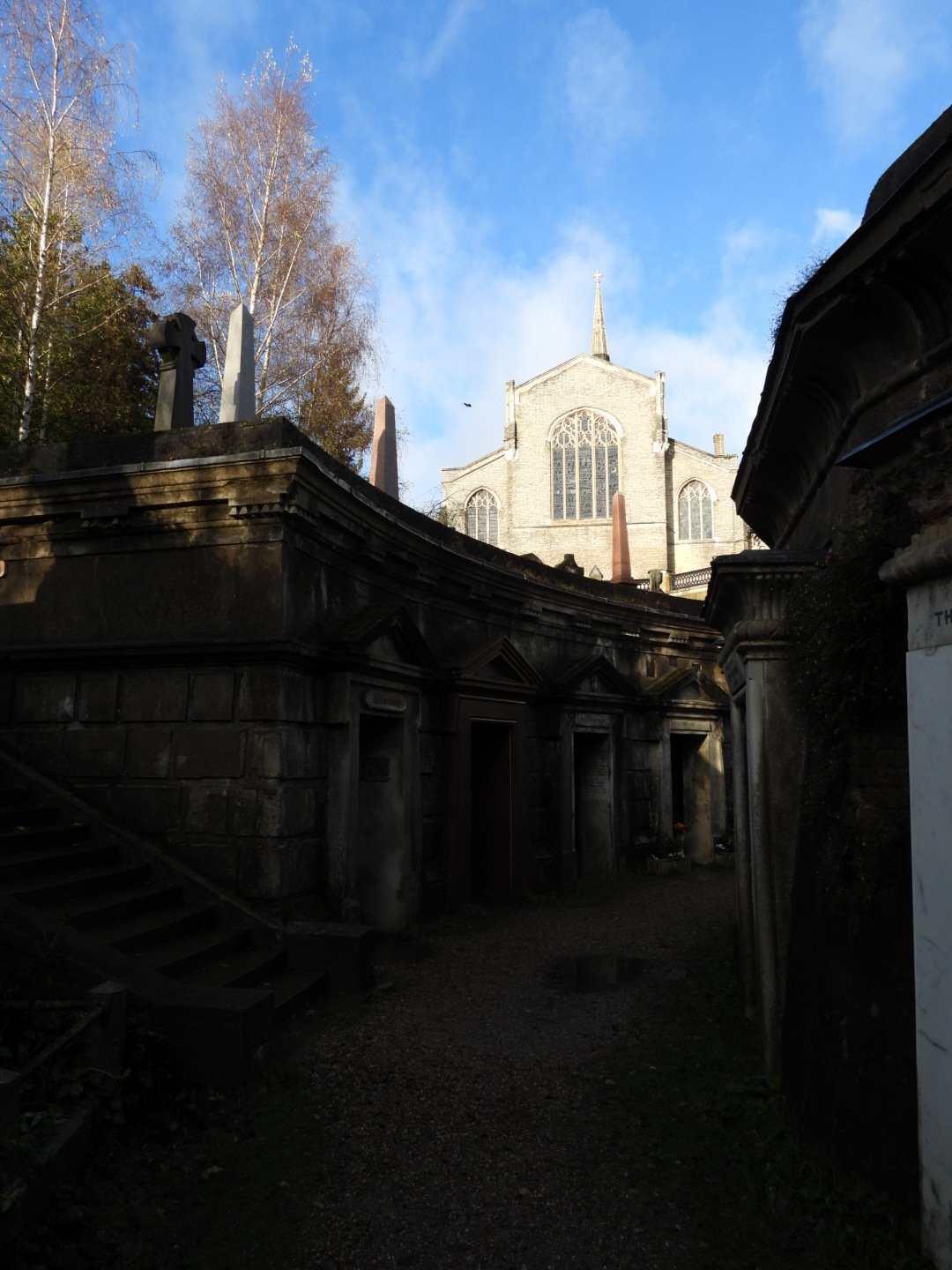








 littleclaude
littleclaude
7 ·
Re: The Bi-Monthly Environment Art Challenge | November - December (99)
Hi folks I'm back! Took a break because of Thanksgiving.
I got to the texturing part finally! I'm running into some issues though. This time I focused mostly on the base of the model, I used a Smart Material to start off and added some of my own things in there and tweaked things a bit. Added color variation and a subtle height map with some bumps, as well as AO.

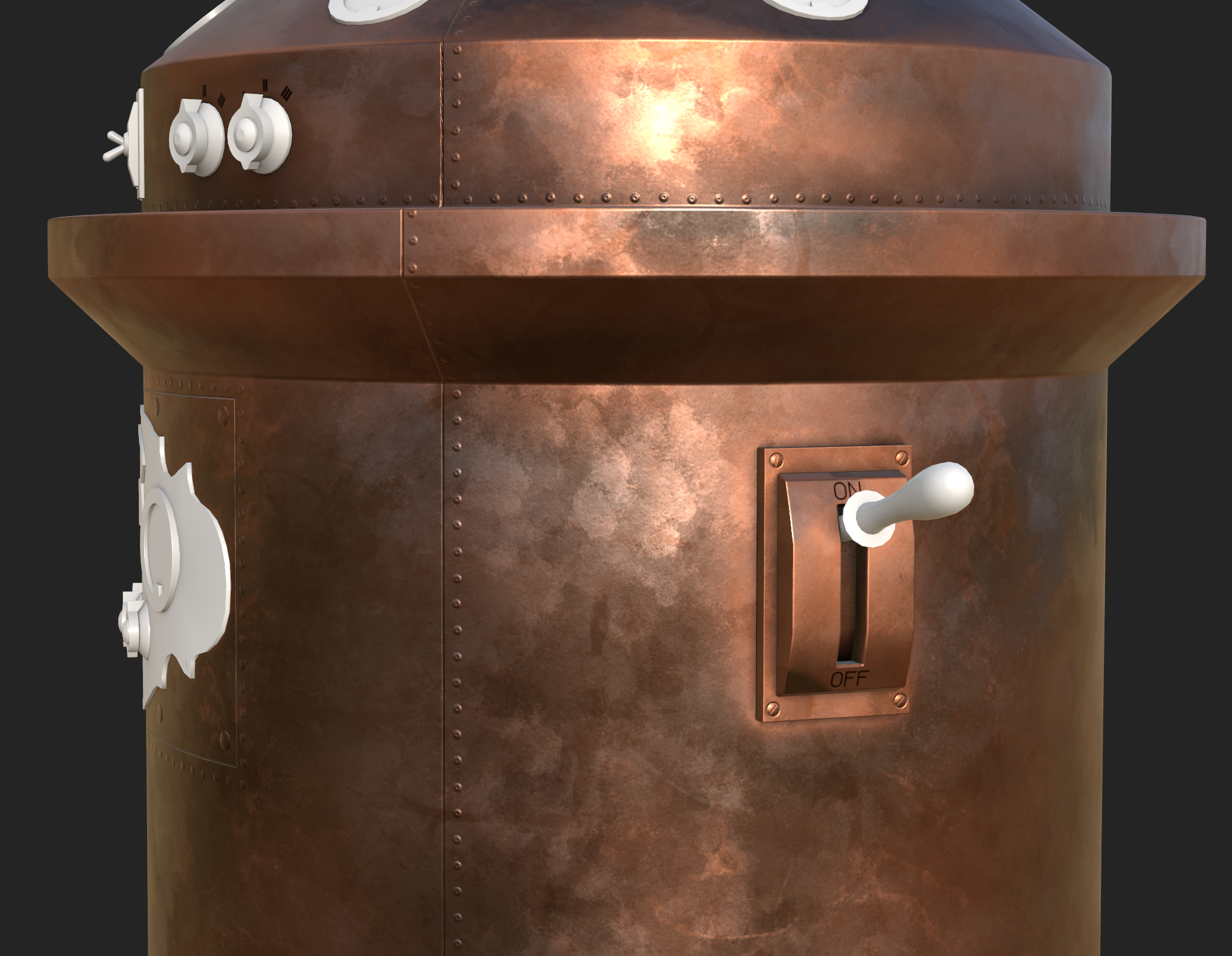
I also added some decals and normal details like the rivets and screws. I want to add even more dirt/grime to this.


I got some artifacts in the bake and I'm not sure how to fix them. They're not particularly egregious but if I can prevent them from happening again, that would be great, so if anyone has any tips on baking, please send them my way!
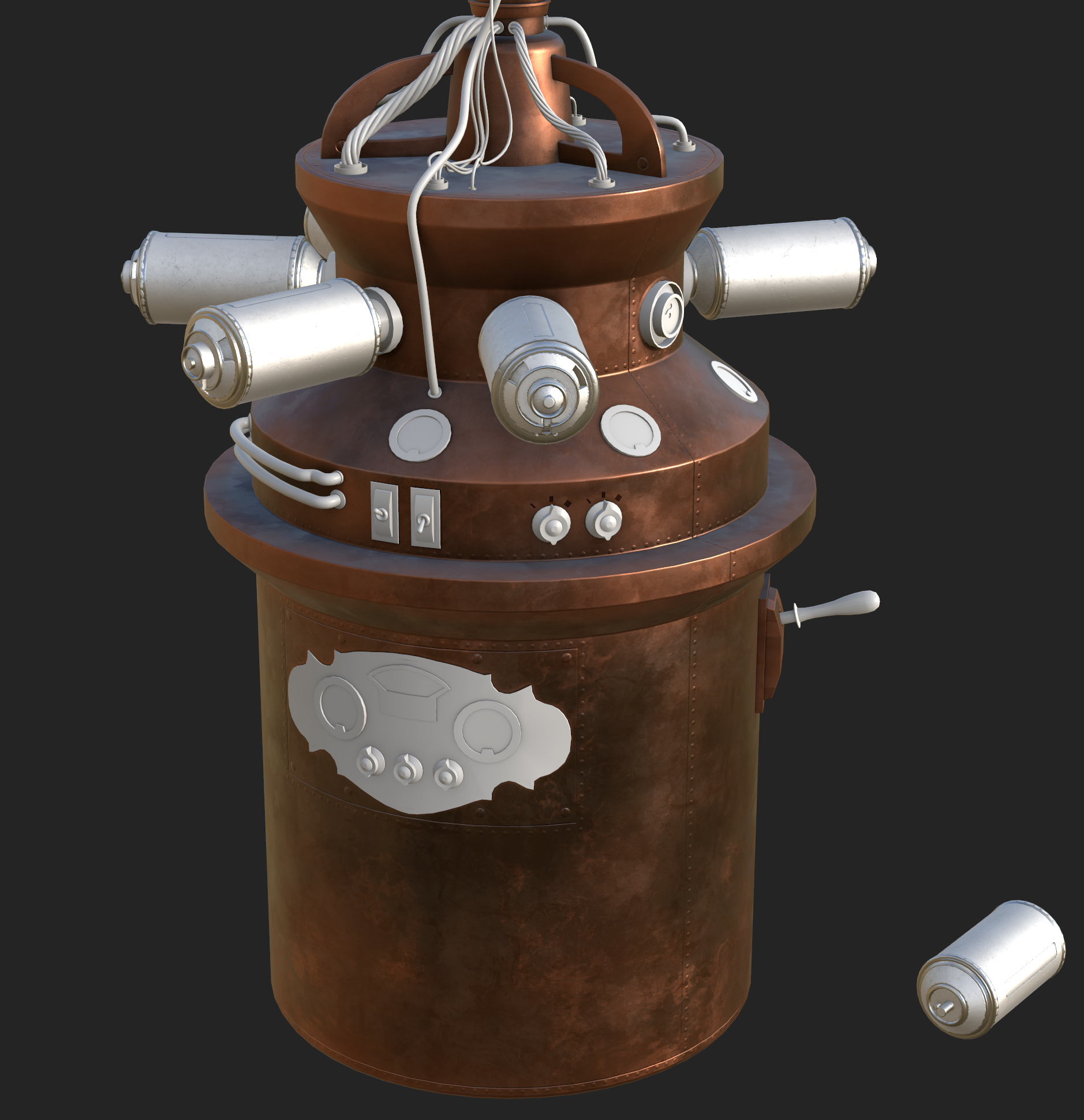
I added another smart material that I plan on modifying to the canisters, but didn't get a chance to tweak them. Overall I spent about 3 hrs within the texturing process so far. A lot of that time was spent playing with the brushes, decals, and trying to figure out the vertex colors thing.
I used vertex colors but forgot how to use them while texturing... *sigh* I'll just have to go have a look at the tutorial again.
Unfortunately I told myself I wouldn't spend longer than a week on this project and thus, I will have to stop this here for now. I got frustrated with the textures and realize I have to recap the tutorials I watched, so I can jump in again. However, I really need to move on to a different project as of now. BUT I WILL BE BACK and finish this, I'm literally so close to finishing it, how could I not? I'll probably have to give updates on a separate thread once this one closes for the challenge.
Anyway, cheers to all those working on the challenges! (I think just you @Fabi_G and me?)
I got to the texturing part finally! I'm running into some issues though. This time I focused mostly on the base of the model, I used a Smart Material to start off and added some of my own things in there and tweaked things a bit. Added color variation and a subtle height map with some bumps, as well as AO.


I also added some decals and normal details like the rivets and screws. I want to add even more dirt/grime to this.


I got some artifacts in the bake and I'm not sure how to fix them. They're not particularly egregious but if I can prevent them from happening again, that would be great, so if anyone has any tips on baking, please send them my way!

I added another smart material that I plan on modifying to the canisters, but didn't get a chance to tweak them. Overall I spent about 3 hrs within the texturing process so far. A lot of that time was spent playing with the brushes, decals, and trying to figure out the vertex colors thing.
I used vertex colors but forgot how to use them while texturing... *sigh* I'll just have to go have a look at the tutorial again.
Unfortunately I told myself I wouldn't spend longer than a week on this project and thus, I will have to stop this here for now. I got frustrated with the textures and realize I have to recap the tutorials I watched, so I can jump in again. However, I really need to move on to a different project as of now. BUT I WILL BE BACK and finish this, I'm literally so close to finishing it, how could I not? I'll probably have to give updates on a separate thread once this one closes for the challenge.
Anyway, cheers to all those working on the challenges! (I think just you @Fabi_G and me?)
 fairlyBread
fairlyBread
4 ·